Being not a witness, but witnessed 👀

🌎 The Big Topic: Why I flew the Twitter coop 🕊️
September 11, 2021, was the twentieth anniversary of 9/11 and you couldn’t miss it, especially if you were on Twitter, the social media platform since rebranded X. So many journalists posted links to retrospectives for that terrible day and the willful damage this country inflicted on itself and others in response.
After spending the previous 20 months doomscrolling through an evolving global catastrophe, I didn’t need yet another depressing episode to re-witness. I took a break from Twitter for the weekend. That weekend extended to a week, a month, and then I made it permanent.
Here’s what I miss and don’t miss about using Twitter.
Twitter is not real life
Savvy X users openly admit that the discourse on the platform does not necessarily reflect what the broader public cares about. Only 23% of Americans use the platform, making it far less popular than You Tube (81%), Facebook (69%), Instagram (40%), and even the dreaded LinkedIn (28%).
X’s trending controversies of the day don’t really matter to the vast majority of people and are forgotten the following morning anyway.
The platform draws people with political power and attracts a lot of journalists, making it disproportionately influential. The platform is a great way to find sources and newsworthy leads, but many journalists mistake what is big with “extremely online” people as being important to the general public. This warps politics and public policy through journalism’s agenda-setting power.
Even well-meaning people spread misinformation
I previously noted that the ubiquity of cameraphones has made it easy for people to document everything. The advent of social media created something similarly new: never before have so many people been able to broadcast anything immediately to large audiences.
In olden times (pre-2005), the flow of news was restricted through the gatekeeping of large, professionalized media companies. Sure, anyone could print up and distribute leaflets à la Lady Whistledown, but doing so is expensive and labor-intensive and you’re not going to reach many people on your own.
In contrast, you can compose and fire off a social media post from your phone in less than one minute from anywhere and reach hundreds and thousands—potentially millions— of people. There’s no editor saying you need to entertain alternative viewpoints, research and explain context, question the motivations of the source, or provide a corroborating source.
Serious news organizations hold themselves to journalistic standards and though they frequently flub these commitments, they’re still more reliable than a stranger with an inscrutable bio who spends no more than a split-second deciding to retweet something that’s provocative, but apocryphal.
Algorithms feed an unhealthy rage diet
I previously lamented how some food companies deliberately engineer foods to be addictive, even though those foods are bad for us in large quantities.
Likewise, social media platforms work hard to keep you engaged so they can sell ads to pay the bills. What keeps people engaged the most? Emotionally charged content that enrages and polarizes us. This is not a healthy diet.
Platforms decline as sensible people migrate elsewhere and what’s left is increasingly unpleasant. Citing long-forgotten MySpace as a cautionary tale, New York Times tech columnist Kevin Roose likens this to a neighborhood in decline: “Myspace just became seedier and seedier as it became … a ghost town. [It’s] like an abandoned alleyway at a certain point where … you would only go if you were trying to scam someone or do something illegal.”
~ ~ ~
Yet despite its many flaws, there are some things I miss about Twitter.
Sometimes it really is the first draft of history
The news cycle is so rapid. When I was constantly on Twitter, I was on the cusp of breaking news to the point that if someone mentioned the story three hours later, I got bored and frustrated that we were still discussing “old news.”
For some news, such as a website going down or for local news, sometimes the only people reporting it are just ordinary people on Twitter. The story is too small for a major outlets to cover and local journalism is worringly declining toward extinction anyway.
The real Twitter was all the friends we made along the way
I met many wonderful people through Twitter and some are now very close friends. Twitter gave me a peek into some facets of their personalities before I met them in person.
Twitter was also a great way to learn from smart people who are experts in some esoteric topic. I could post a photo of a building under construction and an architect or engineer would explain why the building was being constructed that way. Someone in D.C.’s public works department explained how plastic bottle caps are recycled. Music fans explained song lyrics to me.
I felt seen
My entire life I’ve felt a little different from everyone else around me. I have plenty of esoteric hobbies and interests and I only reveal some of my inner life to people I think might be interested. Twitter gave me a way to post about things I cared about and to find people who cared about the same things. That’s only possible with the large audience of a social media platform. I miss that.
📺 The Screen

The Boyfriend (Netflix)
One under-appreciated virtue of Netflix is the company’s willingness to co-create TV shows abroad for non-American audiences. With L’Agence (France) and Lilyhammer (Norway), American subscribers got glimpses into other cultures.
In one new reality series, The Boyfriend, several single gay or bisexual men are looking for romance while sharing a house in a charming seaside town near Tokyo.
What makes this reality show different is that the producers appear to have chosen contestants for their sincerity, not because they would stir up the drama that characterizes most reality TV.
🔊 The Speaker

Favourite, Fontaines D.C. (YouTube)
I’ve been obsessed with this new song from an Irish indie rock band’s forthcoming album, Romance. Frontman Grian Chatten described the song as having “this never-ending sound to it, a continuous cycle from euphoria to sadness, two worlds spinning forever.” 👉 Watch it 🎥 👈
🕺 Wandering in and beyond Washington
I spent July 4th weekend in New York, Connecticut, and Rhode Island.



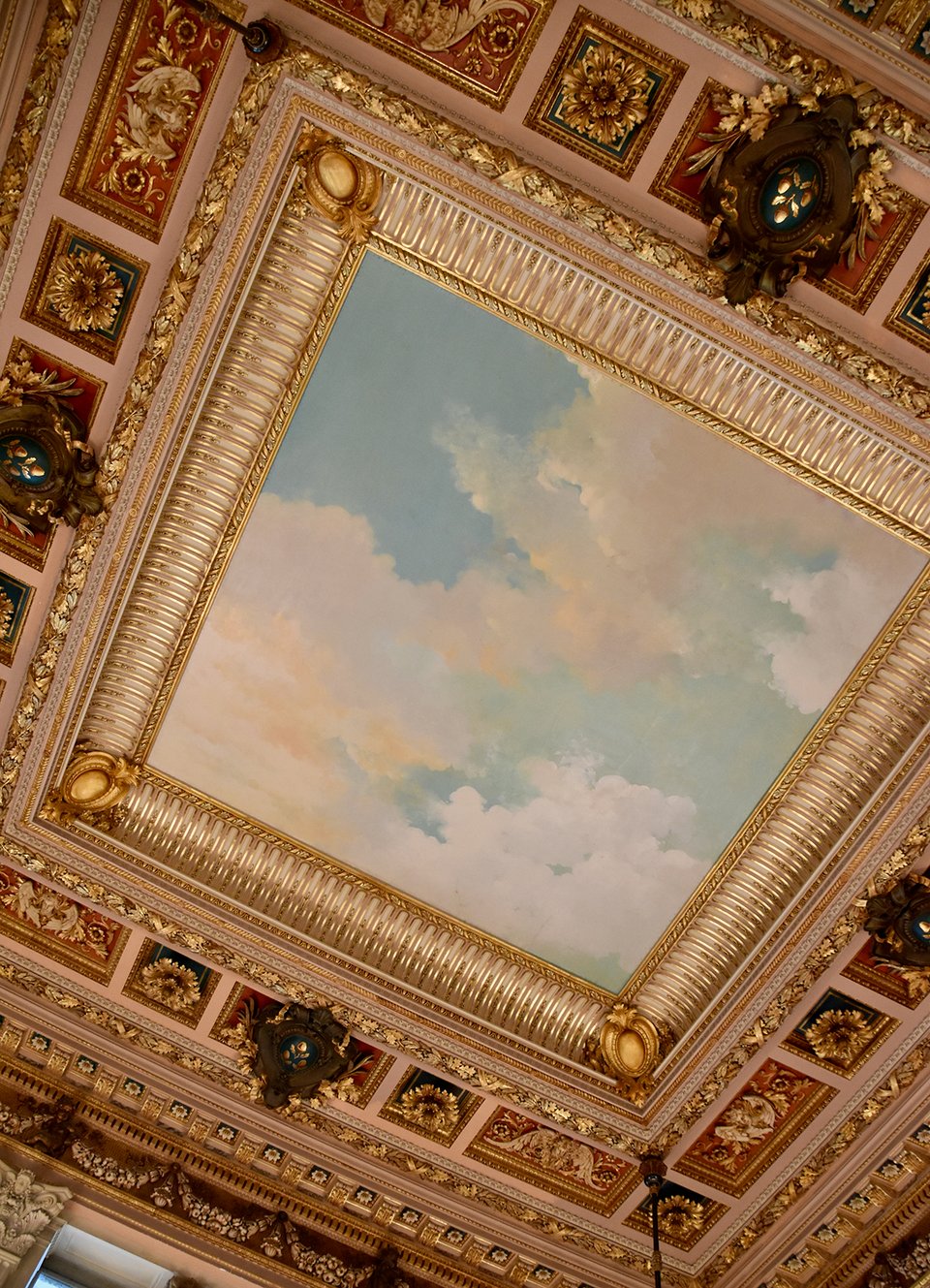



Stephen Miller, a Newport native, hosted me and showed me around his hometown. I met Stephen when he lived in D.C. 2009-2011. Stephen’s newsletter inspired me to start my own!

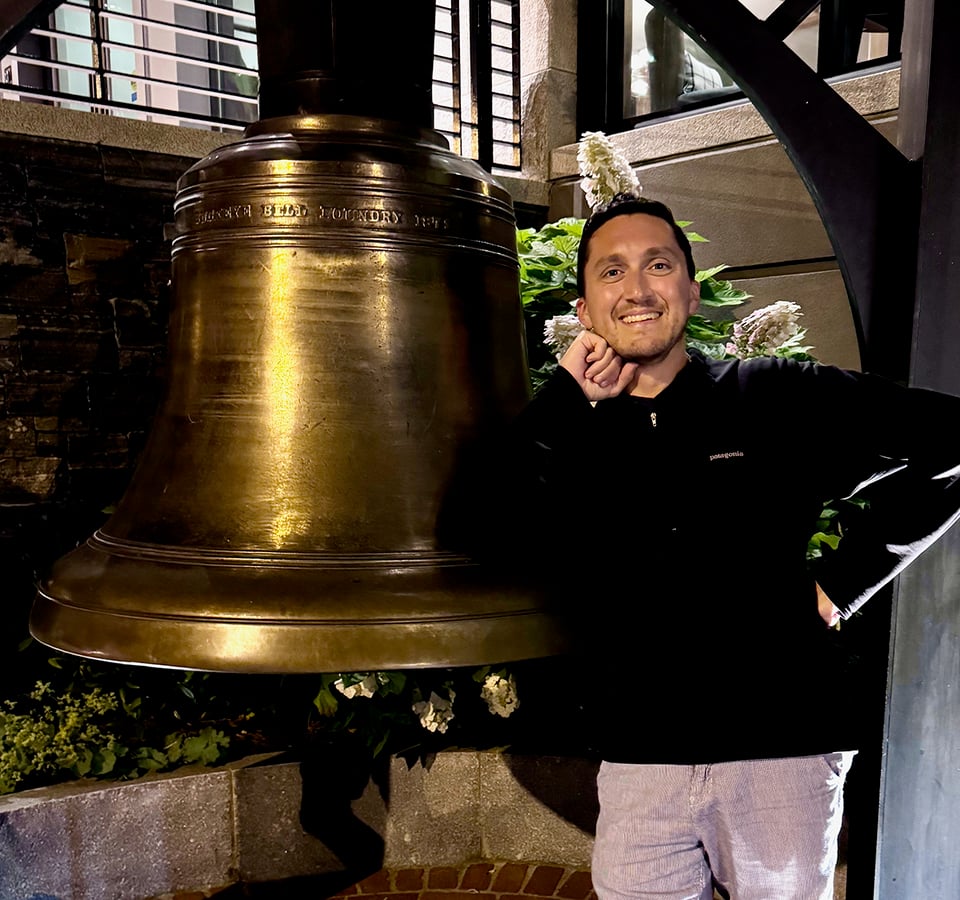
Now back to D.C. I paid a quick visit to the U.S. Botanic Garden to see the blooming corpse flowers (Amorphophallus titanum).


Other scenes around Washington:

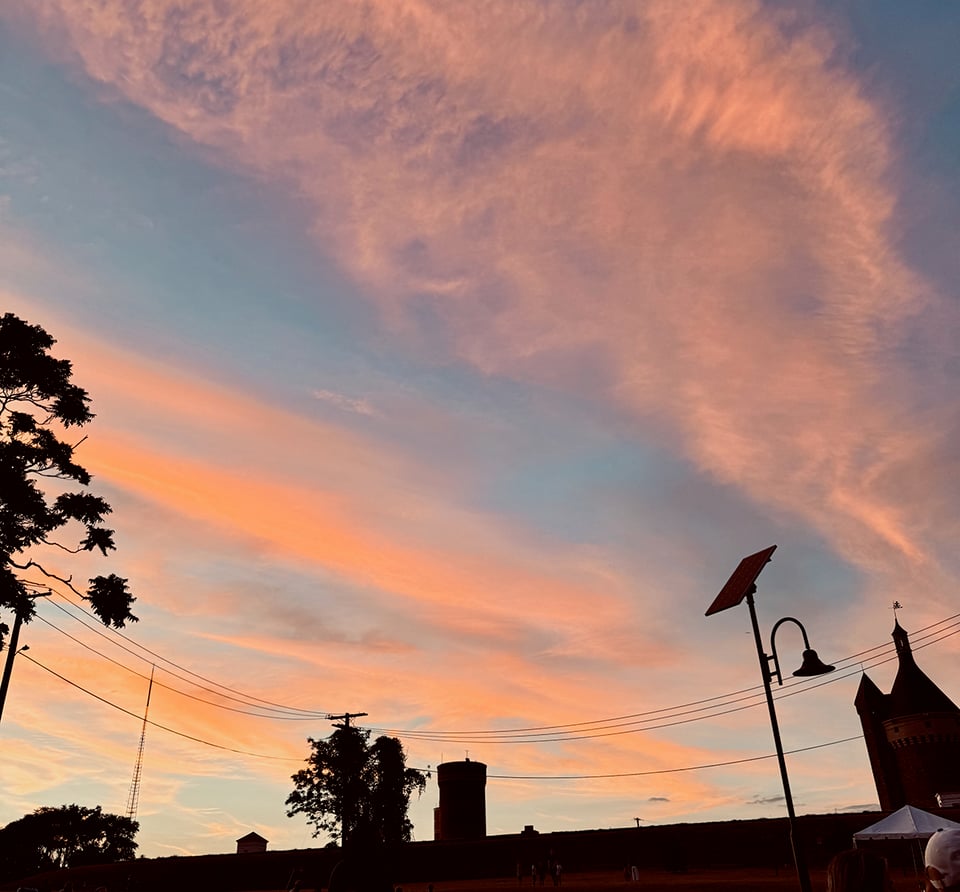

A new park opened near my house. It’s built on the site of a former water filtration site that was decommissioned in the 1980s.
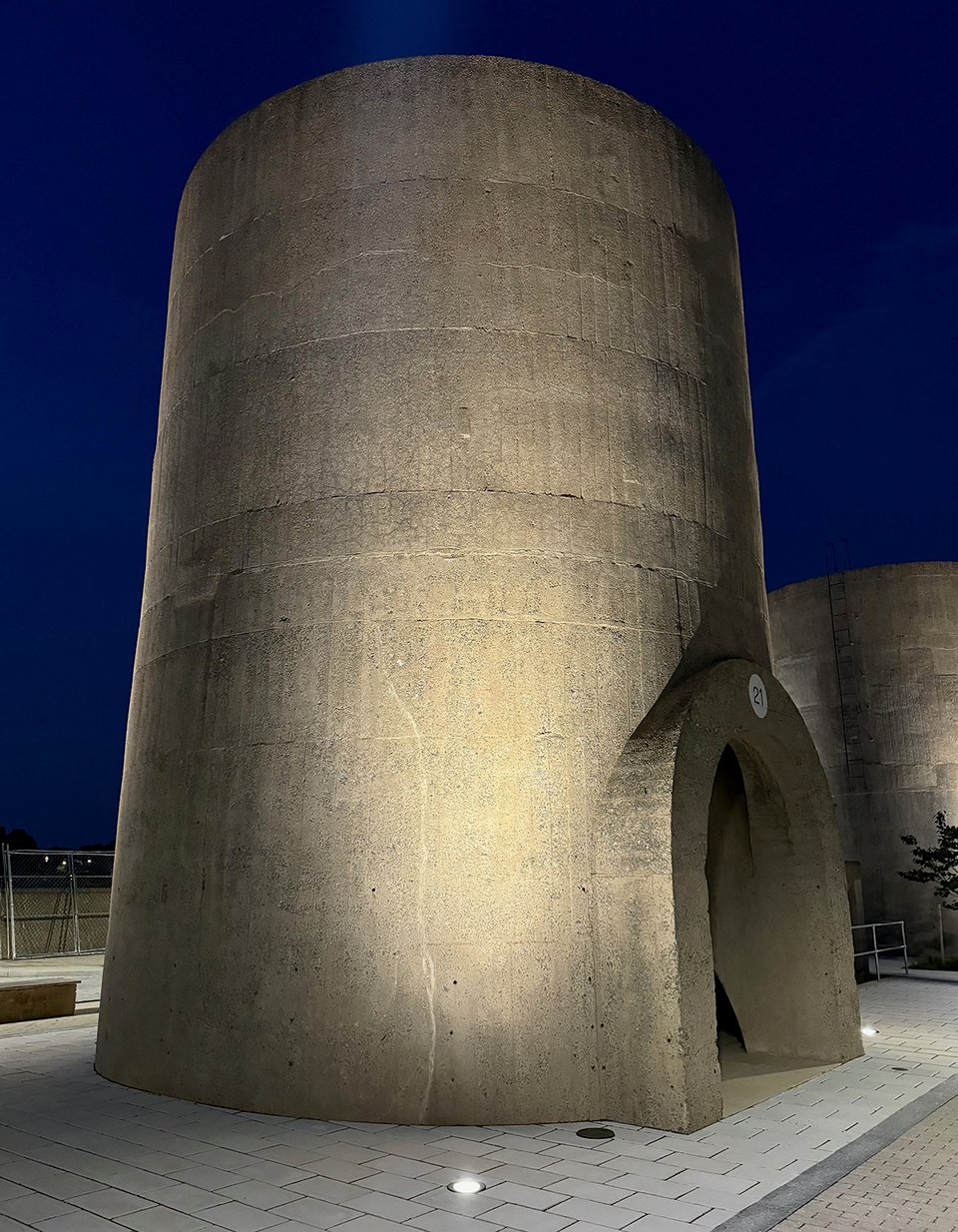
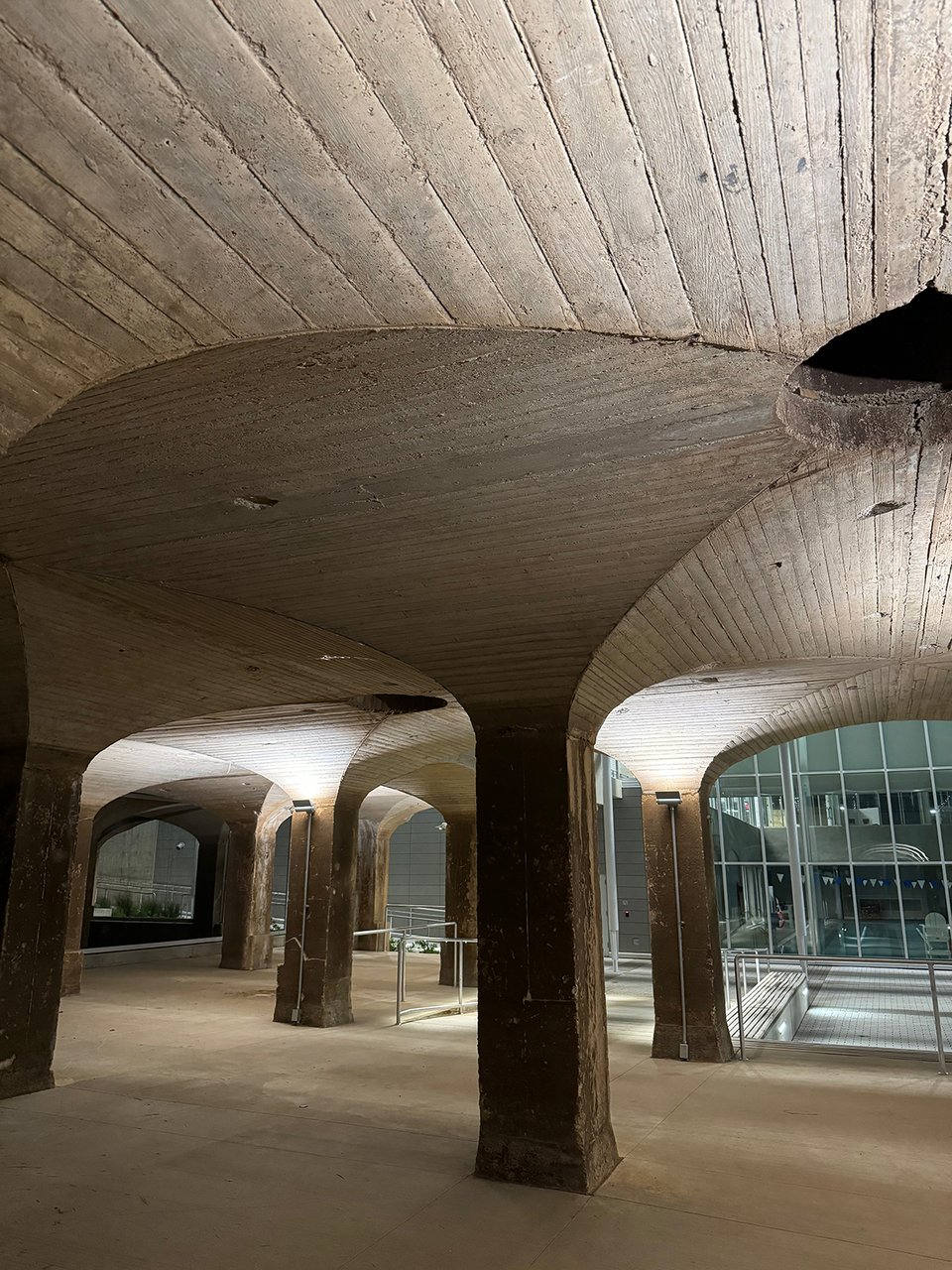

🔗 Assorted Links
- 📝 DC region is the ‘fittest’ in the country, says new ranking (The Hill)
- 📝 ‘Blair Witch’ fans haunted Burkittsville. Now the town is beckoning them: When the movie became a hit, obsessives descended on the Maryland village. Now, 25 years later, it’s embracing its place in film history. (Washington Post)
- 📝 Fairfax schools to lock cellphones away in pouches on some campuses: The pilot program is designed to create a phone-free environment in Virginia’s largest school district. (Washington Post)
- 📝 What adults lost when kids stopped playing in the street: In many ways, a world built for cars has made life so much harder for grown-ups. (The Atlantic)
- 📝 The Real Reason People Aren’t Having Kids. The reasons lurk more deeply in philosophy than economics. (The Atlantic)
- 📝 Justice Department sues Norfolk Southern, accusing rail company of creating delays for Amtrak passengers. DOJ alleges the railroad illegally prioritizes freight trains over passenger trains. (CNN)
📊 The Numbers
Share of childless adults under 50 (🙋♂️) who say they just don’t want to have children. 🙅♂️👶
- Source: The Experiences of U.S. Adults Who Don’t Have Children. Pew Research Center.
📨 Letter to the Editor
I turn 40 this year and belong in a museum. Oh, wait:
Sir — I was recently at the National Building Museum and saw the clip of you in the House & Home exhibit. I realize that you filmed this sometime ago. How does it feel to know that your image is being played multiple times a day, every week, for almost 15 years? —Zach, Adams Morgan
I am comforted by the fact my fashion sense has improved since the museum filmed me in 2011.
Another reader responds to the last issue’s essay on the virtues of solo travel:
Sir — While I understand and support the merits of traveling solo, I still continue to believe traveling with at least one other person can enhance the enjoyment of experiences much more than being on your own. Sharing a memorable moment, like watching a stunning sunset or tasting a unique dish at a restaurant, can be more fulfilling when done with friends or family. Having companions can provide a sense of safety and support, particularly in unfamiliar environments. If something goes wrong, there are people to help, whether it’s dealing with an emergency, getting lost, or navigating language barriers.
Furthermore, traveling with others introduces different perspectives and ideas. As quirky and niche as you think your interests might be (and indeed they are), others might suggest activities or sights that even you wouldn’t have considered, enriching your travel experience and exposing you to new interests or viewpoints. And, from experiencing your interests and your lens on the world, they might shift or expand their own perspectives.
Traveling together can create lasting bonds and memories, leading to a deeper emotional connection between traveling companions, as you’ll look back and reflect on something impactful or interesting — good or bad — that you’ve seen and only you and your traveling companions share that experience and reflect upon it.
For me, an additional benefit of having travel companions is to keep me accountable and motivated. I do not need any convincing to sleep in late, hang out in a lounge chair next to a pool or a beach while relaxing, day drinking, reading, and generally being lazy all day. Being with travel buddy or group can and has encouraged me to wake up earlier to catch a sunrise, visit a museum, or hike a trail that I might have skipped if I were alone.
While traveling alone offers spontaneity and freedom, traveling with others provides unique benefits that can enrich the overall experience, making it more enjoyable, safer, and memorable. —Stan W., Forest Hills
🎬 The Wrap
I’ll end with the poem Sanctuary by Ada Limón, America’s poet laureate. I first heard this poem when Limón read it on the Ezra Klein Show and I appreciated its observation on the nature of social media: that people post to communicate to others, but also to be seen by others.
Limón explained to Klein, “The idea of needing an eye, E-Y-E, to become an I, the capital I, I think is fascinating to me in that sense of not knowing who we are unless we are in relation to others.”
Suppose it’s easy to slip
into another’s green skin,
bury yourself in leavesand wait for a breaking,
a breaking open, a breaking
out. I have, before, beentricked into believing
I could be both an I
and the world. The great eyeof the world is both gaze
and gloss. To be swallowed
by being seen. A dream.To be made whole
by being not a witness,
but witnessed.